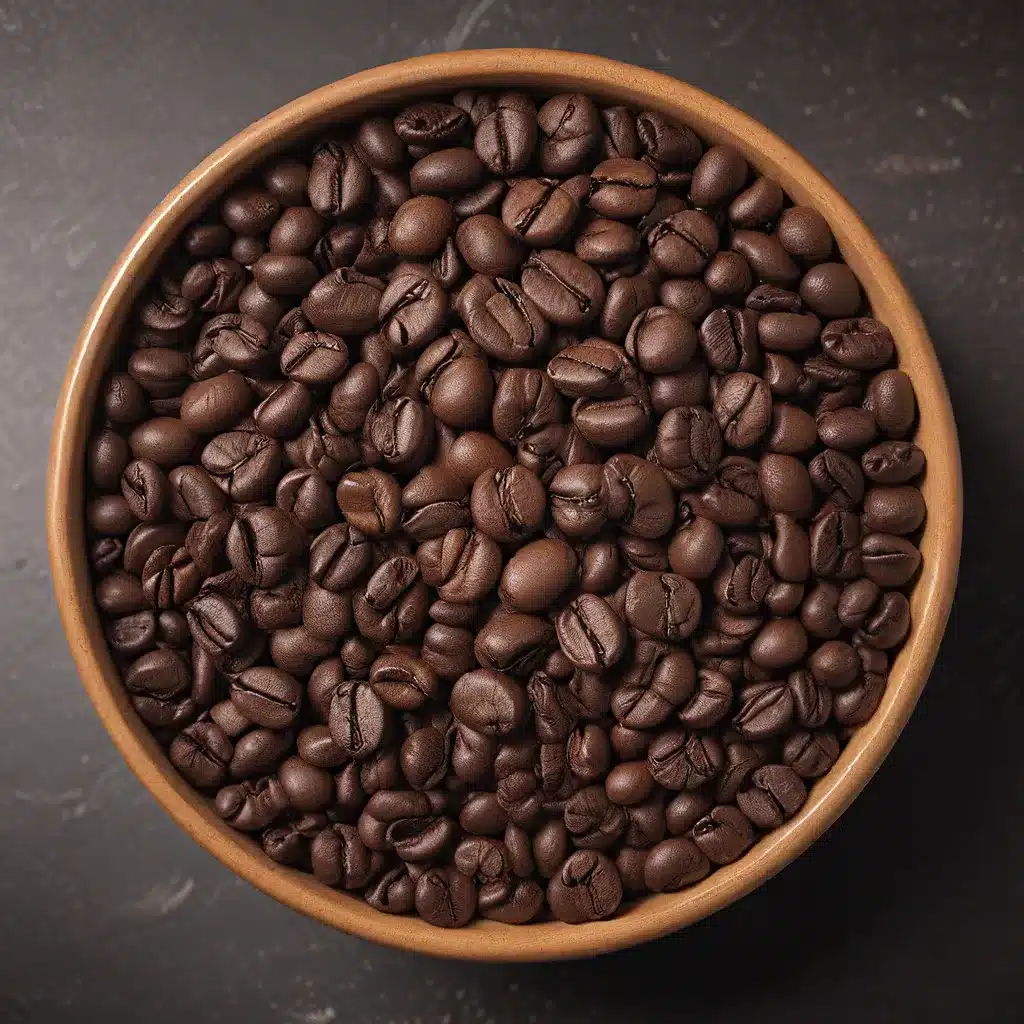
Embracing the Diversity of the Coffee Kingdom
I’ll admit it – I used to be an arabica snob. Like many specialty coffee enthusiasts, I turned up my nose at anything that wasn’t the beloved arabica species. Robusta? Forget about it. That was just the bitter, low-quality stuff, right? Boy, was I in for a surprise.
My eyes were opened during an R-grader course I attended a few years back. I expected to spend the week choking down unpleasant robusta after robusta. But then, something incredible happened. We cupped a coffee that was so sweet and complex, I thought for sure it must have been an arabica. Nope – it was a robusta, from Bolaven Farms in Laos. I was utterly floored.
As the instructor from Torch Coffee recounted, “It could have been placed on a table with all arabicas and no one would guess it didn’t belong, and it would in fact out-score most.”
From that moment on, I was hooked. I dove headfirst into exploring the world of specialty-grade robusta. And let me tell you, the discoveries I’ve made have been nothing short of mind-blowing.
Challenging Preconceptions About Robusta
Growing up in the specialty coffee scene, I was conditioned to believe that robusta was inherently inferior to arabica. We’re told that arabica is the only species capable of producing the complex, nuanced flavors that define high-quality, specialty-grade coffee. But that, my friends, is simply not the case.
As the Torch Coffee instructor explained, “For most of the market if it is not arabica then they will not even consider offering it in their shops, outside of a few stores that will use robusta in their espresso blends but never as single origin.”
I, too, used to be an “arabica elitist,” convinced that robusta was good for nothing more than cheap, low-grade commercial coffees. How wrong I was. Over the past few years, I’ve had the privilege of cupping high-quality robustas from all over the world – Myanmar, Laos, Mexico, Uganda, India, and beyond. And let me tell you, these coffees have absolutely blown me away.
Discovering the Specialty-Grade Potential of Robusta
When I first started experimenting with robusta, I was utterly surprised by the range of flavor profiles I encountered. Gone were the harsh, bitter notes I had come to expect. In their place, I found sweet, floral, and downright delectable cups of coffee.
As the Torch Coffee instructor noted, “We have found that not only can robusta perform as good as arabicas, but they can in fact be very high-grade quality coffees out-performing many nice arabicas.”
One of the most impressive robustas I’ve tried came from Bolaven Farms in Laos. This coffee was so sweet and complex that I honestly couldn’t believe it was a robusta. It had all the hallmarks of a world-class arabica – floral aromas, honey-like sweetness, and a stunningly balanced flavor profile.
But Bolaven Farms was just the tip of the iceberg. I’ve since explored robustas from all corners of the globe, and I’ve been consistently blown away by their quality and complexity. From the earthy, chocolatey notes of the Ugandan robustas to the vibrant, fruity profiles of the Mexicans, I’ve come to appreciate the sheer diversity of this often-maligned species.
The Advantages of Robusta
As I dove deeper into the world of specialty robusta, I also discovered some compelling reasons why this species deserves more recognition and attention in the coffee industry.
For one, robusta is a hardier, more resilient plant than its arabica counterpart. As the Torch Coffee instructor pointed out, robusta “has more antioxidants, has almost twice the caffeine (good for some), and is far more resistant to pests and diseases than arabica.”
This is critical as we face the looming threat of climate change. While arabica production is expected to decline in many regions due to rising temperatures and changing weather patterns, robusta may be able to thrive where its finicky cousin cannot. As the instructor noted, “it is very possible and likely that robusta will be playing an ever-increasing role in the specialty industry as where growing regions and climates that are currently suitable for growing arabica will decline, robusta will still be able to thrive.”
But the advantages of robusta don’t stop there. This species is also higher-yielding than arabica, which could be a significant boon for coffee producers and roasters alike. And let’s not forget about that higher caffeine content – a feature that many coffee lovers will surely appreciate.
Embracing the Future of Coffee
As I reflect on my journey of discovering the wonders of specialty-grade robusta, I can’t help but feel excited about the future of coffee. While arabica will always hold a special place in my heart, I now see robusta as a crucial player in the industry – one that deserves our attention, respect, and, most importantly, our open-mindedness.
At Sips Coffee House, we’re committed to showcasing the incredible diversity of the coffee kingdom. That’s why you’ll find an ever-rotating selection of specialty-grade robustas on our menu, alongside the classic arabicas that coffee lovers have come to know and love.
So, the next time you find yourself stuck in the arabica bubble, I challenge you to step outside your comfort zone and explore the world of robusta. Who knows – you might just discover your new favorite coffee.















